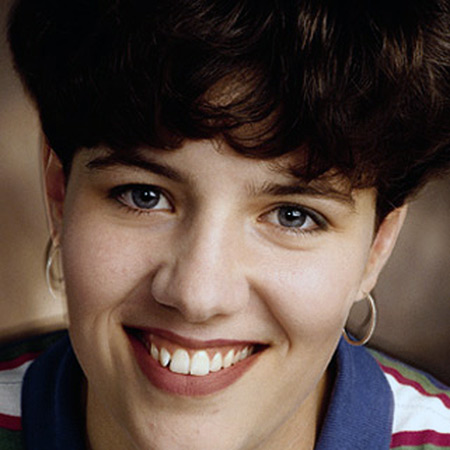Who is RETOLD for?
Open-air museums, traditional crafters – listen up!
Documenting, recording and sharing the wealth of information present in the minds and hands of staff, volunteers and crafters at open-air museums as well as the data locked in the foundations, beams and posts of historic and reconstructed houses might seem daunting. At the same time it would provide ultimate satisfaction to be able to collect all that data and share it with everybody.
RETOLD will help you to achieve just that in a standardised and intuitive workflow. RETOLD has two main features, one for the documentation of historic and reconstructed houses where we also use 3D models, the other for capturing ancient and traditional craft skills not only with words, but also with video.
RETOLD was made for and by open-air museums staff and volunteers as well as other specialists. The workflow is easy and intuitive. Once a historic/reconstructed house or craft is set up, anyone should be able to document, using RETOLD.
Once the data is collected, the stories contained within can be (re)told to visitors and colleagues alike.
Tell us what you have, and we can tell you what you can do with it.
Some people may have a long experience with going digital, others are just starting (see our Case Study). It does not matter where in the process you are. Sometimes when you just start up, it means you can make different choices concerning hardware and software. Also every year new possibilities come for digitising, storage and sharing.
If you store and manage digital files correctly, they become permanently accessible. This means that the files are stored reliably, that you can find them again and that a backup is always available. If you do this consciously and correctly, you will have laid a solid foundation for presenting the collection of digital files – which we call the collection for convenience – to the general public.
So the basic question is: are the files you digitised in the past correctly stored, and are they accessible? If so that you might need to check the quality of the files, the size and the resolution. Over the years our perception of what is a good quality file has changed, and so for example the possibility to take better photos with higher resolution. In some cases you might have to scan your old drawings again.
But in any case we believe you can step in at any stage. RETOLD helps you structure what you have, in the way you can also compare with others.
We have for example looked at an Outline on how to Digitize Heritage Collections, published in the Netherlands, in Dutch (Digitaalerfgoedcoach.Online, 2024). This is in use, and still updated, following the experience of dozens if not more colleagues.
Meet our Personas
RETOLD is a system for open-air museums, but who will use it? We created user personas in early 2022.
Sebastian
58 years old, staff member, maintenance
"I'm a hands-on person and not much good with computers, but I do want to help preserve our knowledge."
Sonia
32 years old, full-time curator
"I want my documentation and admin tools to be easy to use, so that I can spend more time on curation and outreach."
Sam
45 years old, museum director
"We really need to make progress with digitisation, so that we preserve the organisational knowledge we have".
Sarah
25 years old, student/volunteer
"I am keen to learn about experimental archaeology in practice, and how to build on previous experiments"





